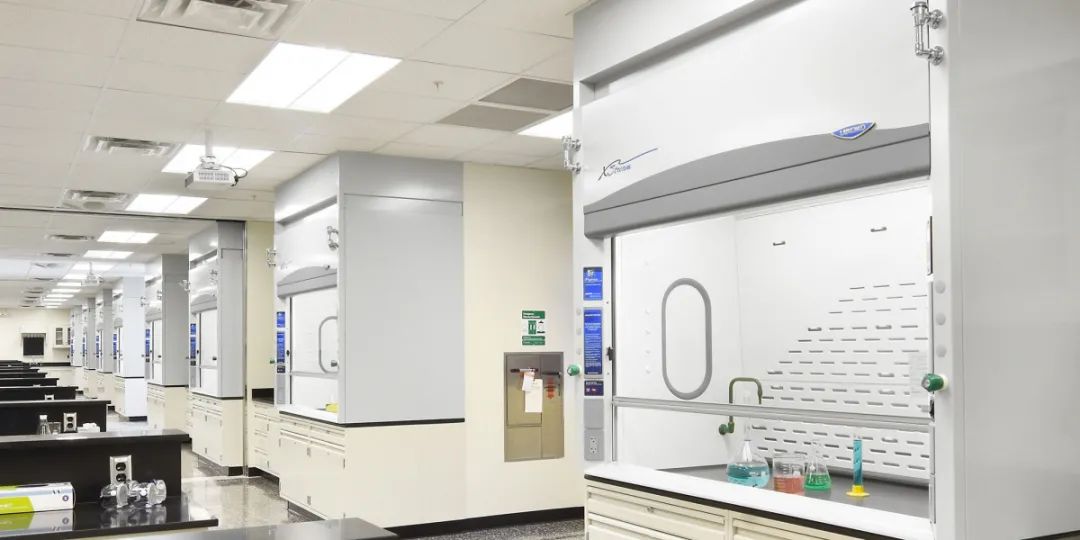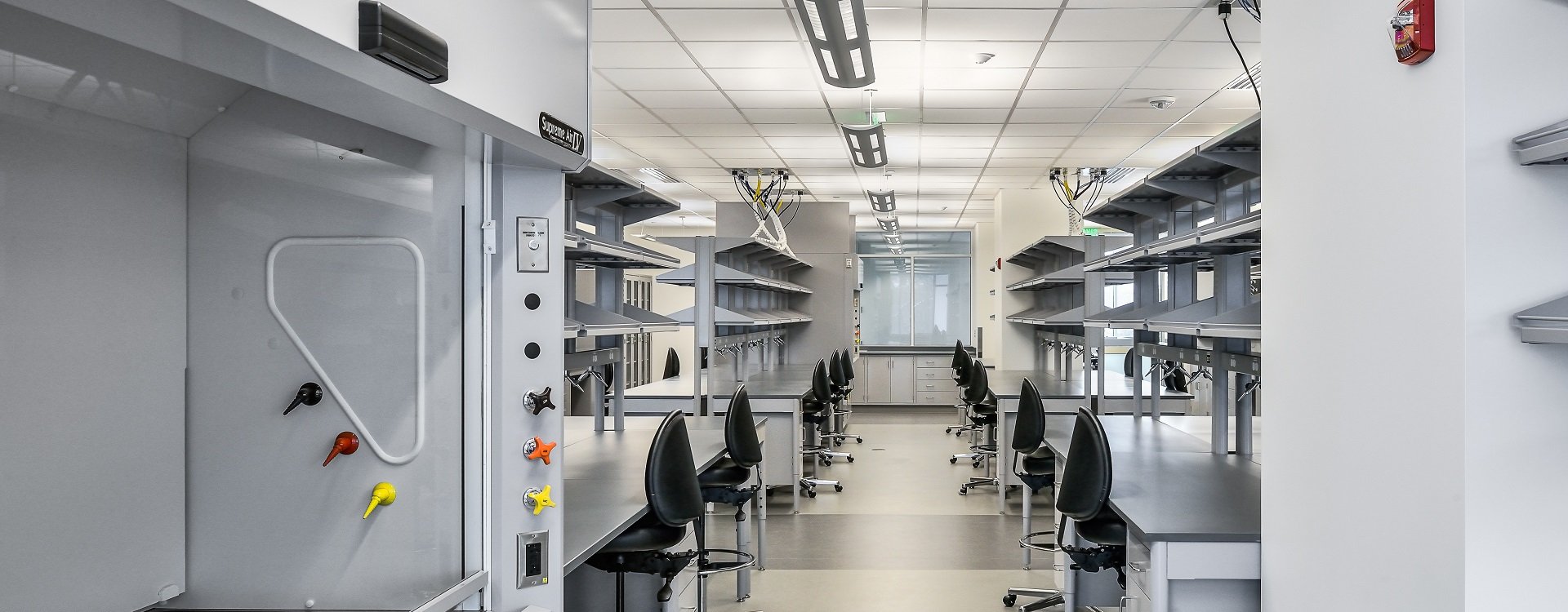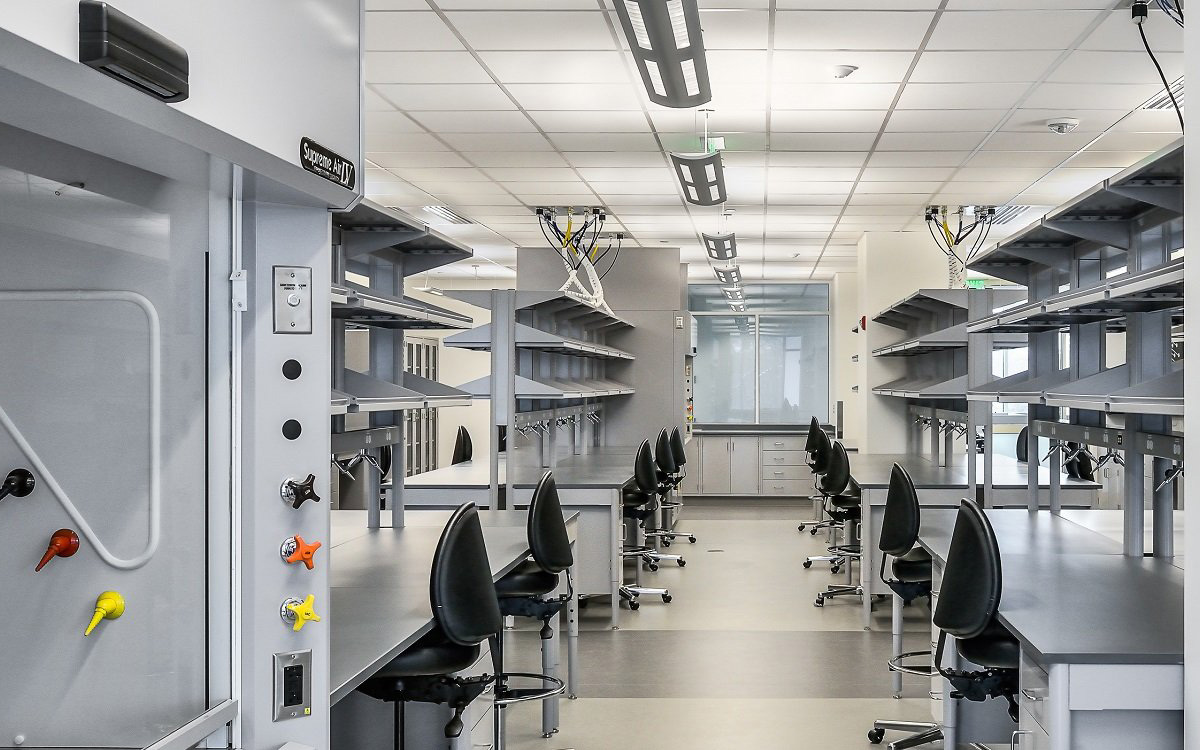Sustainability of Laboratory: High-performance Fume Hood
Date: 2022-01-19 Source: RUANQI Classification: Resources
Author: Devon Cooke
Translation: Fan Junjie/Lin Hehu

There are many different names for high-performance fume hoods, so the meaning of this term is often misunderstood. Because of all the similar definitions and industry terms, terms can be tricky. This article will explain what you need to know about efficient energy use in fume hoods to realize the sustainable development of laboratory fume hoods.
Working principle of sustainable utilization of laboratory air During the operation of the fume hood, air is sucked in by a blower (usually installed on the roof of a building). This will create a negative pressure environment to protect users from harmful steam. The air flows at a certain speed, which is measured on the plane of the sliding door on the surface of the fume hood, so it is called "surface wind speed" (in feet per minute or fpm). This term is very important, because the standard refers to the operating face speed of the fume hood.
The surface wind speed is related to the amount of air drawn through the fume hood or the floor area ratio, usually measured in cubic feet per minute (CFM). The greater the amount of air passing through the fume hood, the faster the air flows. The surface wind speed (fpm) depends on the amount of air passing through the fume hood (CFM) and the size of the opening through which the air passes. The wind speed of fume hood depends on the height of sliding door and the amount of air exhausted by blower on roof.
Various definitions of high performance High performance fume hoods have different names from different manufacturers. They can be called low speed, low flow, low exhaust, high efficiency or energy saving. All these terms mean that the fume hood meets the SEFA definition of high efficiency: the SEFA has set the minimum standard of high efficiency, and any fume hood that puts forward the above requirements should meet or exceed this standard.
According to SEFA, high-performance fume hood must pass the following test requirements: ASHRAE 110 test According to SEFA, the definition of energy-saving fume hood is: The laboratory fume hood with low face wind speed is a fume hood design that reduces the required exhaust volume. When compared with the ventilation volume required when the fume hood of the same size runs at the face wind speed of 100 FPM through the fully opened vertical sliding door, the required exhaust volume can be reduced. When the face wind speed on the fully opened vertical sliding door is 60 FPM or lower, the test grades of tracer gas are equivalent to or better than those of ASHRAE 110, which are 4.0 AM 0.05 and 4.0ai/au0.10. Low surface wind speed fume hood is also called high performance fume hood and high efficiency fume hood. [1] The last sentence of the definition explains how several of these terms get into the definition itself.
The test consists of three parts: Surface wind speed test Smoke visual test Sulfur hexafluoride tracer gas control test Sulfur hexafluoride (SF6) is a tracer gas, which was released in the fume hood during ASHRAE 110 test. A mannequin is used to replace the shape of a person working in a fume hood, and the presence of SF6 tracer gas near his chest and face is detected by a detection instrument with a sensor.
So what is a high-performance fume hood? To promote high-performance fume hoods, manufacturers must meet the test results specified in SEFA definition. This is the minimum qualification requirement. But some fume hoods are much more effective than others. In each laboratory, there is no correct hood wind speed, but the standard does specify a range. Moreover, the reason why the standard does not specify the surface wind speed is that the 100 fpm on the old basic fume hood is quite different from that of some new fume hoods. In addition, the same fume hood will be different under different air balance conditions and actual conditions in the installation laboratory. conclusion Ultimately, most laboratory planners hope to provide the best possible user protection while seeking sustainable and efficient energy use in the laboratory. High-performance fume hood is the key factor to achieve these goals. When the laboratory fume hood is operated at a lower set value of surface wind speed, it can actually save more energy, and some high-performance fume hoods can even recover the cost by using energy effectively in a short time.




